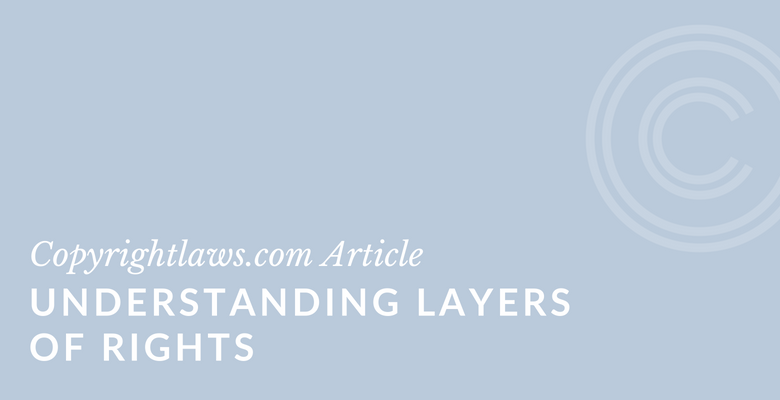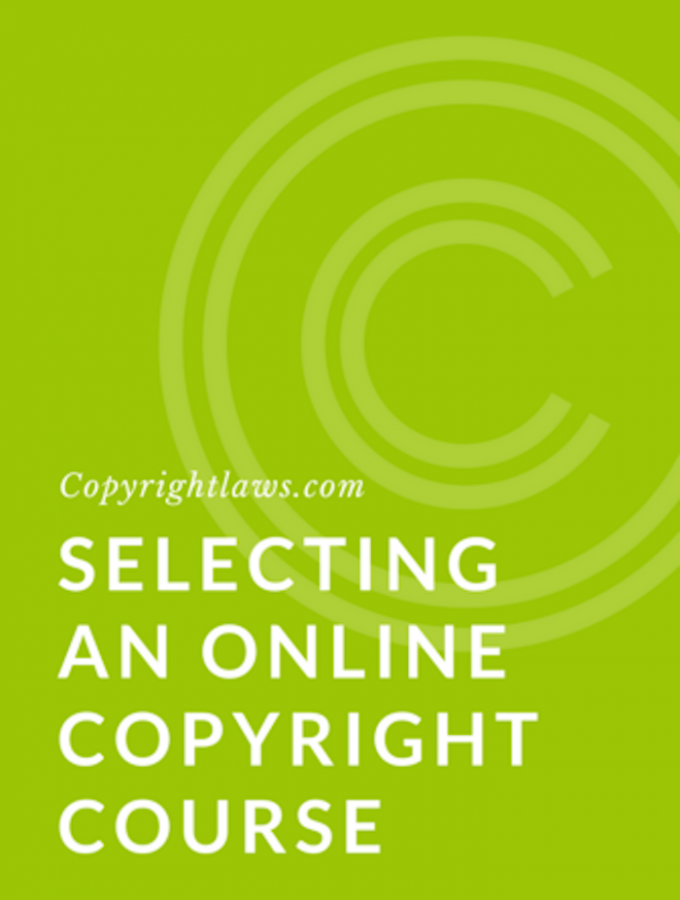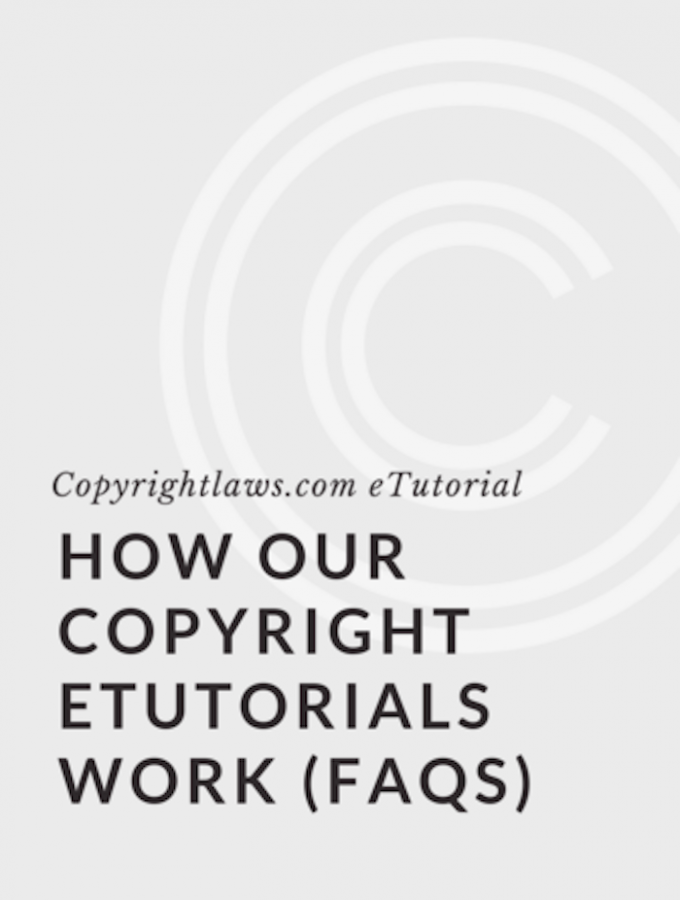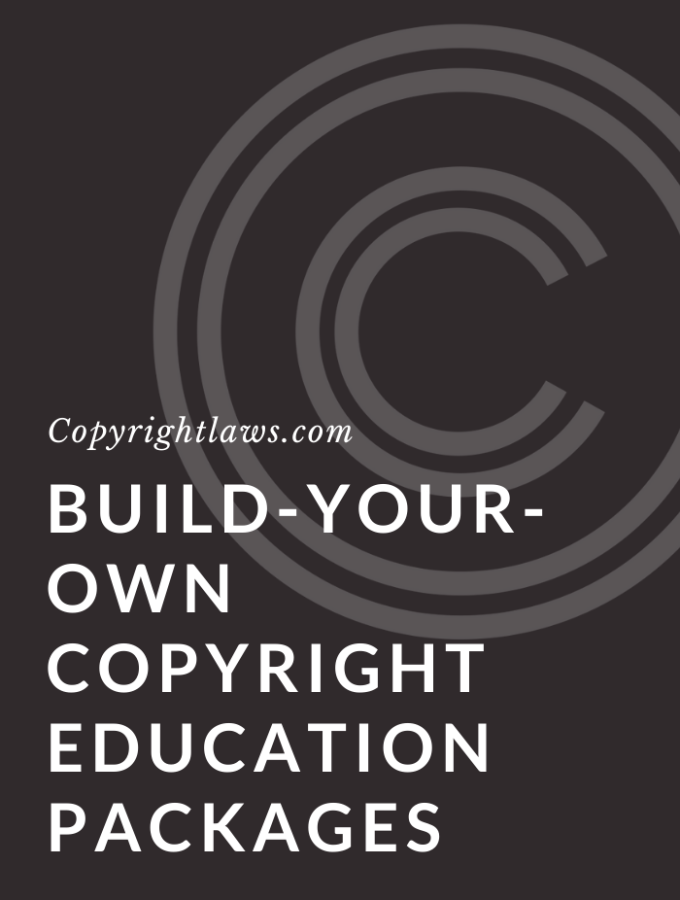
When obtaining permission to use copyright-protected works, it's important to understand the layers of rights in those works. This article examines examples of works with multiple layers of underlying rights, from more complicated works such as films, music, and multimedia works to a simple translation of a book. It also provides tips for obtaining permission to use such works. To learn about licensing agreements, click here.
Iceberg or Onion: Describing Layers of Rights
There are many ways to describe the layers of rights in a copyright-protected work ...
Often the work you see is only the tip of the iceberg.
What you see isn't always what you get.
Think of a copyright-protected work as an onion.
The visual of an onion is a helpful way of understanding the layers in a copyright-protected work. You may want to use the onion as you initially see it. However, there are several layers of skin under what you see, and often you must clear rights in those underlying layers as well.
Examples of Works with Layers of Rights
Films
The typical example of a pre-digital media work with many layers is a film. If you want to obtain copyright permission to use a film, simply contacting the film’s producer or their representative may not provide you with all of the rights you need. The layers of rights or underlying rights within a film could include:
- The screenplay
- A book or play if the screenplay is an adaptation of either
- Musical works
- Artistic works
In addition, you may have to clear the moral rights in the film. These are the rights that protect the honor and reputation of the author of the film. Moral rights don't exist in films in the U.S., but do exist in Canada and European and other countries. If you're clearing rights in a film that will be used in a country where moral rights apply, you must clear those rights.
In addition, there are some non-copyright issues that may require clearance from professional unions like SAG-AFTRA and the American Federation of Musicians. These include performances of actors and musicians in the film.
All of these clearances are necessary whether you're using a clip from the film or the entire film.
Music
Music is also complicated from a copyright perspective. You may require several permissions, both in terms of the author/owner of the music and the rights necessary to be cleared. The layers of rights include:
- Rights of the author in the musical composition
- Rights of the author in the lyrics
- In some countries, neighboring rights in both the sound recording and in the performer’s performance
You must seek permission from all of these authors or their representatives to use the musical work. In addition, there are many different kinds of rights in music, such as the rights to:
- Mechanically reproduce a sound recording
- Perform the work in public
- Broadcast the work
Multimedia or Digital Works
As you can gather, multimedia or digital works are, by their very nature, comprised of many layers of rights and different kinds of copyright-protected works. Multimedia works include:
- Website content
- CDs or DVDs
- Video games
- Educational software
Multimedia works often consist of various types of works, such as:
- Literary (including computer software)
- Artistic
- Musical
- Audiovisual
You must clear each of these works when creating a multimedia work or reproducing part of one.
A Translation of a Book
To bring us back to a simple example of how layers of rights work, a translation of a book is comprised of two copyright works. The original work (provided it isn't in the public domain) is protected by copyright, as is the translation itself. In order to reproduce the translation, you need permission from the copyright owners of both the translation and the original book.
A Magazine
As another example of layers of rights, there are two copyrights in a magazine. There's copyright in the individual articles and photographs in the magazine, and copyright in the magazine as a whole. If you wish to reproduce the entire magazine, you need permission from the copyright owner of the magazine as well as from the copyright owner of each individual article and photograph in that magazine.
Obtaining Permission to Use Works with Layers of Rights
So, how do you obtain permission in these complex layered works? Copyright collectives offer a resource for users who wish to clear rights. However, there's no one-stop shop where you can clear all rights for all works. In other words, there's no single copyright super-collective where users can clear rights to a literary work, a musical work and an artistic work all at the same time.
Instead, there are smaller collectives where you can seek permission for these individual types of works or for specific rights. And in many situations, you have to seek out individual copyright owners to obtain their permission.
If you're lucky, a film producer or multimedia work owner may have all the rights you need and can provide permission to use a clip or the entire work. However, you should obtain a warranty from them stating they can in fact guarantee or warrant that they may legally provide you with the rights you need.
If the film producer or multimedia work owner cannot provide the rights you need, then you'll need to clear all of the underlying rights individually. Start by listing all of the underlying works within the complex work. Then, in an organized fashion, contact copyright collectives and individual copyright owners to obtain the rights you need.
Gain an in-depth understanding of U.S. and global copyright law principles, as well as
practical and customizable tools and strategies to address copyright issues in your
enterprise through our fully online Copyright Leadership Certificate program.



